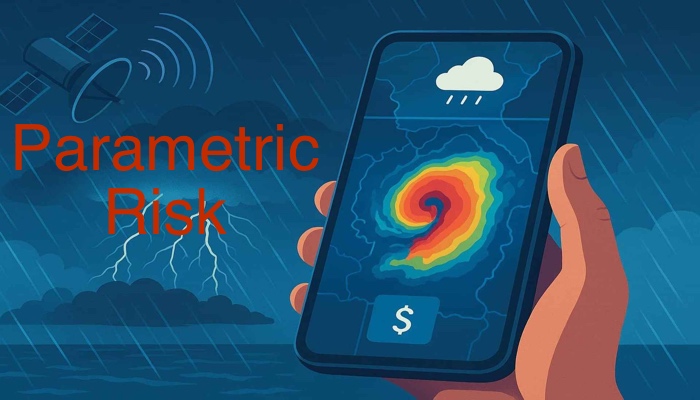The global reinsurance industry has increasingly turned to innovative solutions to manage the growing complexity and frequency of natural disasters and other catastrophic events. One such innovation is parametric risk transfer, a model that has gained significant traction, especially within the Bermuda reinsurance market, a hub for alternative risk transfer and catastrophe risk underwriting.
What is Parametric Risk?
Parametric risk insurance differs from traditional indemnity-based insurance by paying out based on predefined parameters—usually physical characteristics of an event—rather than the actual loss incurred. For instance, a policy may trigger a payout when a hurricane of a certain wind speed passes through a specified area, regardless of the actual damage caused.
This model offers several advantages:
- Speed of payout: Since the trigger is objective and data-driven (e.g., seismic magnitude, rainfall totals, wind speed), payments can be made rapidly, which is critical for disaster recovery
- Transparency and clarity: Triggers are agreed upon in advance and are typically verified by third-party data sources
- Reduced basis risk: While not eliminated, basis risk (the mismatch between actual loss and payout) is often outweighed by the simplicity and speed of parametric structures
Bermuda: A Hotspot for Parametric Reinsurance
The Bermuda reinsurance market has been at the forefront of adopting and scaling parametric risk solutions. Several factors contribute to this:
- Innovation-friendly environment: Bermuda’s regulatory framework encourages experimentation and fast-tracking of new insurance models. The Bermuda Monetary Authority (BMA) is known for being both robust and adaptive, creating a favourable landscape for alternative reinsurance products
- Access to capital markets: Bermuda is a global leader in Insurance-Linked Securities (ILS), including catastrophe bonds, many of which use parametric triggers. These structures allow risk to be transferred to capital market investors, broadening the availability of reinsurance capacity
- Expertise in catastrophe risk: Many Bermuda reinsurers specialize in high-severity, low-frequency events such as hurricanes and earthquakes—ideal candidates for parametric coverage
- Growth in climate-related demand: With climate change intensifying natural disasters, demand for rapid recovery mechanisms has surged, making parametric products more attractive to governments, corporations, and NGOs
Challenges and the Road Ahead
Despite its advantages, parametric risk transfer is not without challenges. Basis risk remains a concern—insureds may suffer significant losses even if no payout is triggered. Additionally, designing effective and fair parametric triggers requires access to reliable data and sophisticated modelling.
Still, the Bermuda market continues to lead in refining these products, leveraging its deep talent pool and close ties with capital markets. As technology improves and climate risk grows, parametric reinsurance is expected to play an even greater role in the global risk management toolkit—with Bermuda at its core.
In summary, parametric risk structures represent a fast, flexible, and transparent way to manage catastrophic risk. The Bermuda reinsurance market’s innovative spirit, regulatory support, and capital access make it a natural home for these evolving instruments.
If you want a job on the Islands, visit our jobs portal to see the latest vacancies.
Are you hiring? Book a Discovery Call if you’re hiring and see how we can help.
Actuarial | Audit & Advisory | Corporate Services | Finance | Insolvency & Restructuring | Legal | Regulatory & Compliance | Trusts | US Tax







Leave A Comment
You must be logged in to post a comment.